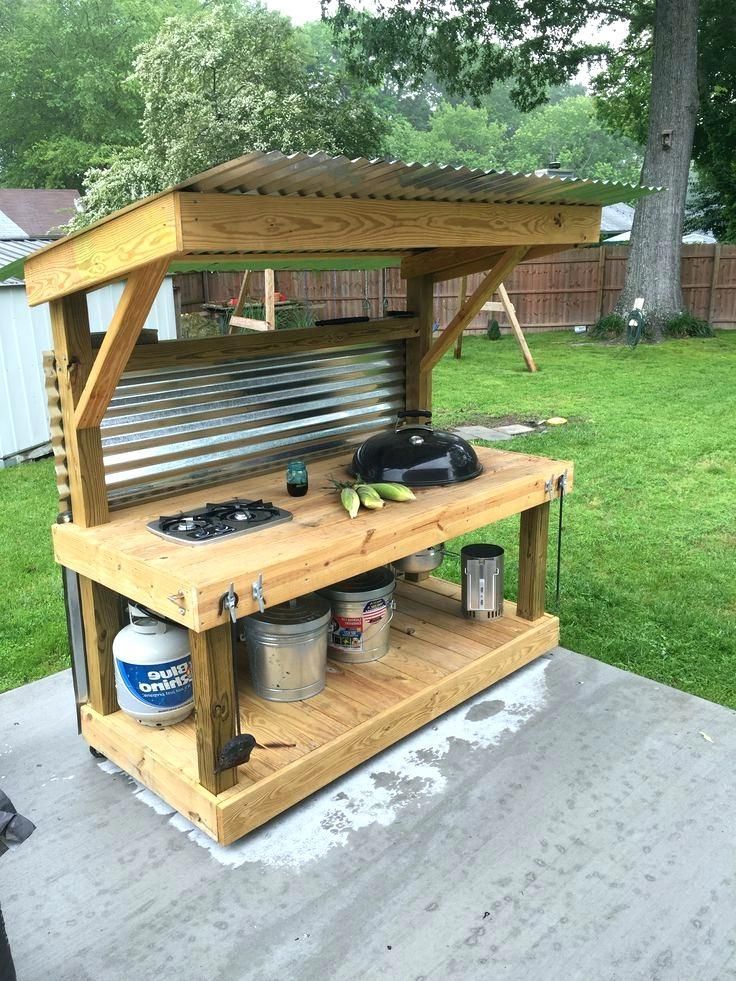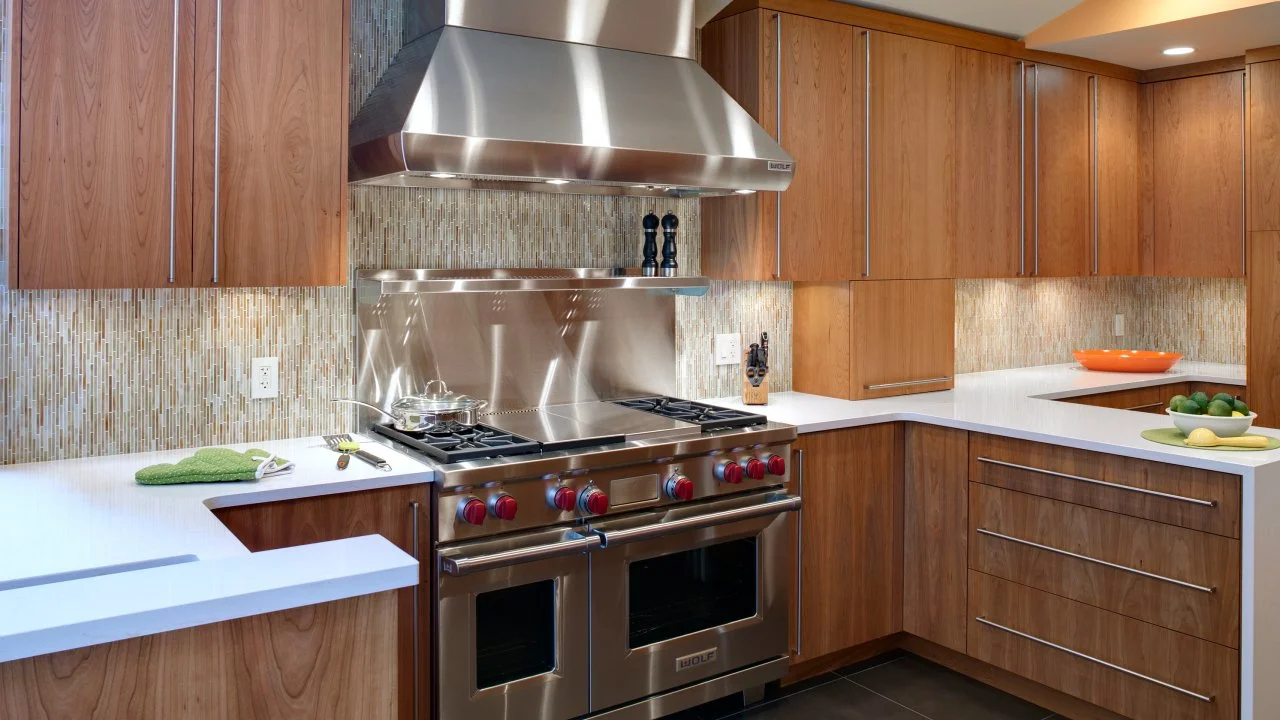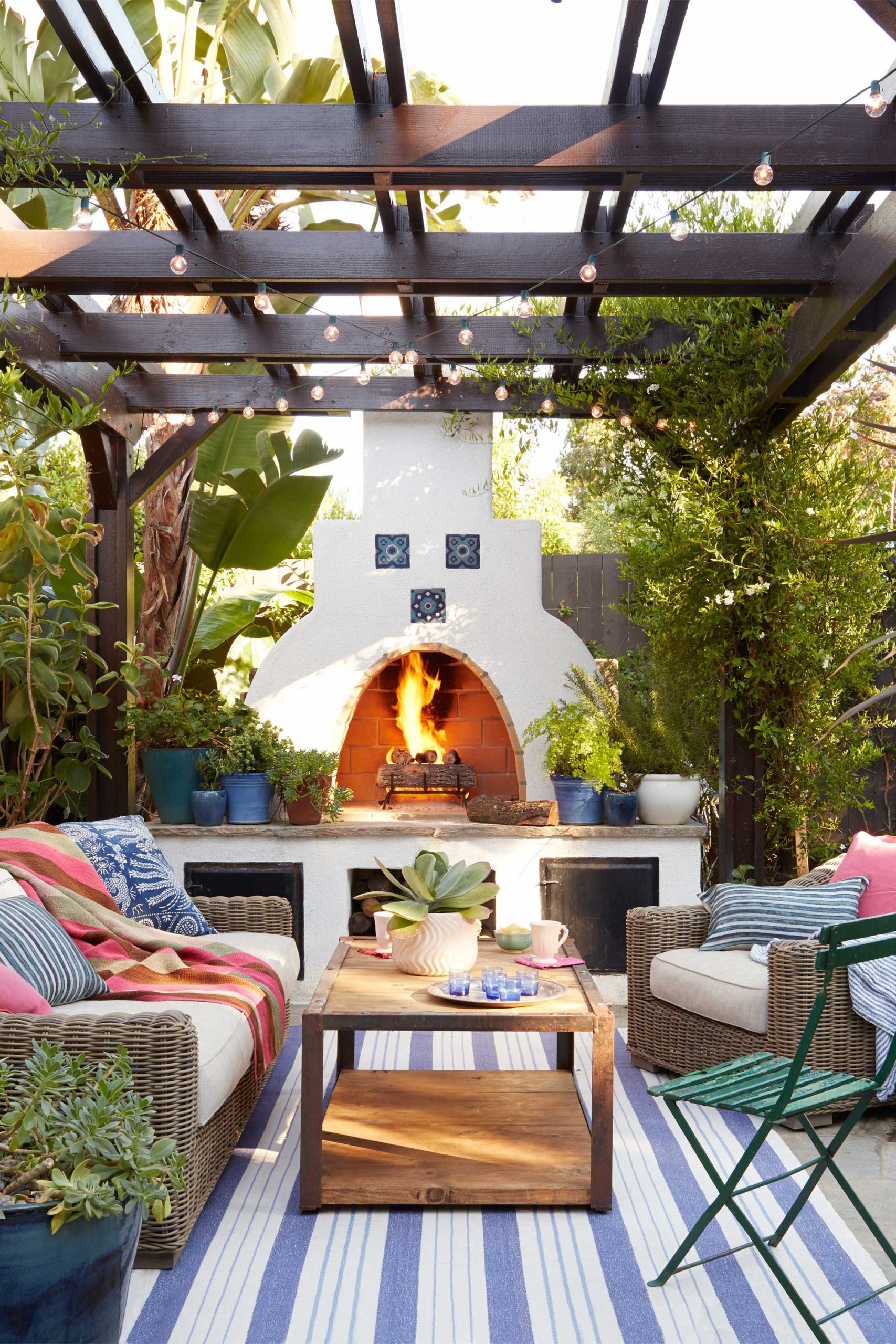How to Plan the Perfect Outdoor Kitchen
An outdoor kitchen is the ultimate addition to your backyard, offering a perfect blend of functionality and style while enhancing your outdoor living space. Whether you love entertaining guests or simply enjoy cooking in the fresh air, planning an outdoor kitchen requires careful thought and attention to detail. This guide will take you through the essential steps to help you design and plan the perfect outdoor kitchen that meets your needs and complements your home.
1. Define Your Outdoor Kitchen's Purpose
Before diving into the design details, it’s important to define the primary purpose of your outdoor kitchen. Are you planning to host large gatherings, or is it more for family use? Will you need a full kitchen setup, or will a simple grill and prep station suffice? By understanding your needs, you can create a space that’s perfectly tailored to your lifestyle.
For example, if you entertain often, consider including multiple cooking stations, a large dining area, and a bar. For a more casual, family-focused kitchen, a grill, small refrigerator, and some counter space might be all you need.
2. Choose the Right Location
The location of your outdoor kitchen is crucial to its functionality. Ideally, it should be close enough to your indoor kitchen for convenience, but far enough away to prevent smoke and cooking odors from drifting into your home. Consider the natural layout of your yard, the direction of the wind, and the availability of utilities like gas, water, and electricity when choosing the spot.
Proximity to your indoor kitchen will make it easier to transport food and supplies, while a well-chosen location can help with privacy, shade, and protection from the elements.

3. Plan the Layout
Once you’ve chosen the location, it’s time to plan the layout of your outdoor kitchen. Like an indoor kitchen, an outdoor kitchen should follow the “work triangle” rule, which places the sink, stove, and refrigerator in a triangle formation to maximize efficiency.
Common layout options include:
- Straight Line: Best for smaller spaces, where all appliances and workspaces are arranged in a single line.
- L-Shape: Provides more counter space and a better separation between cooking and prep areas.
- U-Shape: Offers the most counter space and a designated area for cooking, prep, and serving.
- Island: Ideal for larger spaces, allowing for a central cooking area surrounded by seating and dining options.
Make sure there is enough space for movement and that the layout promotes easy access to all cooking and prep areas.
4. Select Durable Materials
Outdoor kitchens are exposed to the elements, so it’s essential to choose materials that can withstand weather conditions like rain, sun, and temperature changes. Stainless steel is a popular choice for appliances due to its durability and resistance to rust. For countertops, consider materials like granite or concrete, which are both heat and weather-resistant.
Cabinetry should be made from materials that won’t warp or crack, such as marine-grade polymer or treated wood. Consider incorporating natural stone or brick into the design for a classic, timeless look that also adds to the kitchen’s durability.
5. Choose the Right Appliances
The appliances you select will depend on your cooking preferences and the overall design of your outdoor kitchen. Key appliances to consider include:
- Grill: The centerpiece of most outdoor kitchens. Choose between gas, charcoal, or electric grills based on your cooking style.
- Refrigerator: A small outdoor refrigerator keeps drinks and perishables cool and easily accessible.
- Sink: An essential feature for food prep and cleanup. Ensure it has access to a water supply.
- Pizza Oven: For those who love homemade pizzas, an outdoor pizza oven is a fantastic addition.
- Smoker: If you enjoy slow-cooked, smoked meats, a smoker might be a worthwhile investment.
- Burners: Side burners are perfect for cooking side dishes or boiling pots without needing to go inside.
Consider the balance between essential appliances and luxury items based on how you plan to use the space.
6. Incorporate Storage Solutions
Ample storage is key to a functional outdoor kitchen. Include cabinets, drawers, and shelving to store utensils, cookware, dishes, and cleaning supplies. Waterproof storage options are particularly important to keep items safe from the elements.
Consider adding built-in trash bins for easy cleanup and possibly a weatherproof pantry for storing dry goods and spices.


7. Create Comfortable Dining and Seating Areas
The outdoor kitchen isn’t just about cooking—it’s also about creating a space where people can gather and enjoy meals together. Incorporate a dining area with a table and chairs, or bar-style seating around an island or countertop.
For added comfort, consider including lounge furniture, like outdoor sofas or cushioned chairs, where guests can relax. If you live in a region with strong sun or frequent rain, consider adding a pergola, awning, or other type of shade structure to protect your seating area.
8. Lighting and Heating
Proper lighting is essential for safety and ambiance, especially if you plan to use your outdoor kitchen in the evening. Include task lighting around cooking areas, as well as ambient lighting for dining and lounging spaces. LED lights, string lights, and outdoor lanterns are popular options.
For cooler climates, consider adding a heat source like a fire pit, outdoor fireplace, or portable heaters to extend the usability of your outdoor kitchen into the cooler months.
9. Add the Finishing Touches
Once the major elements are in place, add finishing touches to make your outdoor kitchen feel complete. This might include outdoor rugs, planters, decorative lighting, or even a sound system for playing music. Personalized touches like custom cabinetry, a unique backsplash, or an outdoor TV can also enhance the space.
10. Plan for Maintenance
Finally, consider the long-term maintenance of your outdoor kitchen. Choose materials and appliances that are easy to clean and maintain. Regularly inspect your kitchen for any wear and tear, and be prepared to perform routine maintenance to keep everything in top condition.
Conclusion
Planning the perfect outdoor kitchen requires careful thought and consideration, from the initial design to the finishing touches. By taking the time to carefully plan each aspect of your outdoor kitchen, you can create a space that not only looks great but also functions seamlessly. Whether you’re hosting large parties or enjoying quiet family dinners, a well-designed outdoor kitchen can enhance your outdoor living experience and add value to your home.

